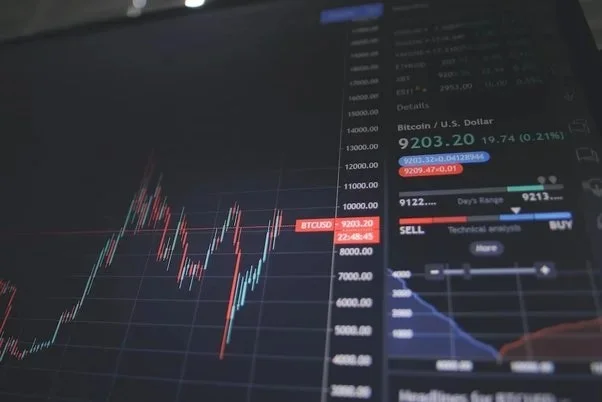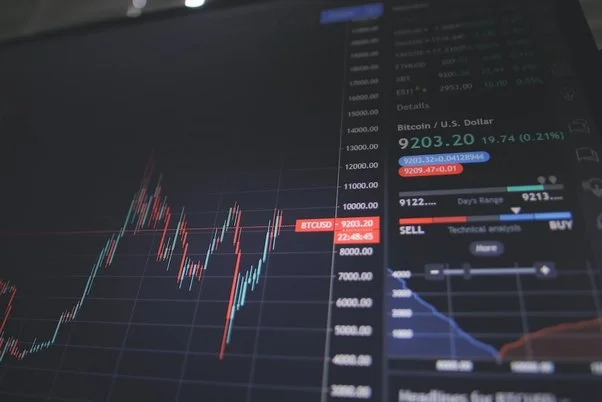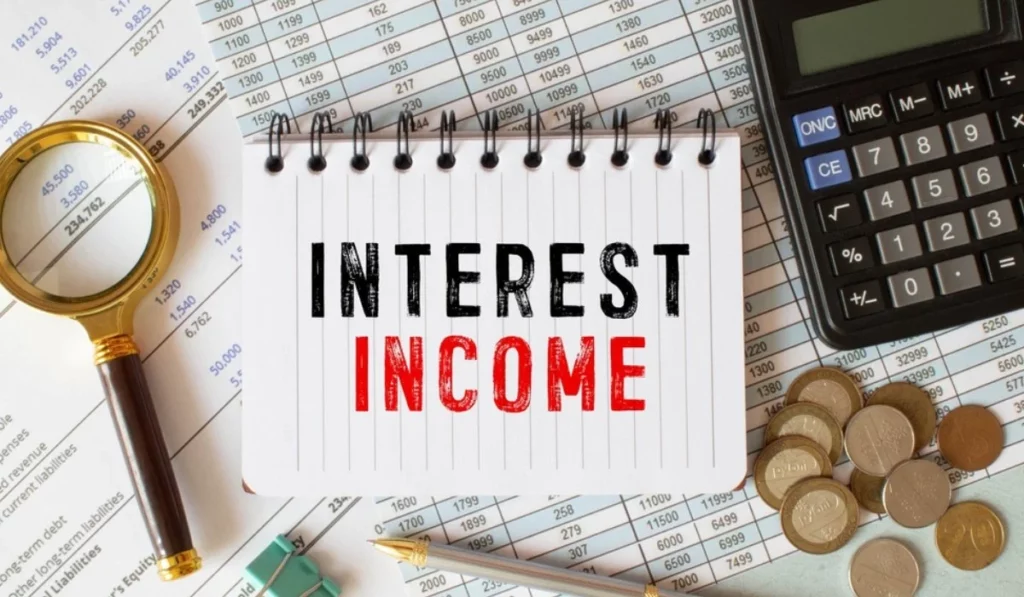
Introduction
In this in-depth guide, we explore the world of index funds, a potent and effective investment tool that has seen tremendous growth in recent years among investors. This article is your success guide if you want to maximize your investments while lowering your risks. Let’s examine index funds in detail, their advantages, strategies, and the reasons both novice and experienced investors should consider them.
Understanding Index Funds
What Are Index Funds?
A type of Mutual Fund or Exchange-traded fund (ETF) called an index fund is made to mimic the performance of a particular financial market index. Stocks, bonds, and commodities are just a few of the different asset classes that these indices can represent. An index fund’s main objective is to closely mimic the returns of the benchmark it has chosen.
How Do Index Funds Work?
Investing in the same securities that make up the selected index is how index funds operate. The 500 companies included in the S&P 500 index, for instance, will receive your investment if you invest in an S&P 500 index fund. Your index fund shares will fluctuate in value in line with the value of these companies.
The Advantages of Index Funds
Index funds have a number of strong benefits:
- Diversification: By making an investment in a broad market index, you automatically achieve asset diversification, lowering your overall risk.
- Low Fees: Compared to actively managed funds, index funds typically have lower management fees, which can eventually reduce your returns.
- Consistency: By replicating index performance, these funds aim to deliver more steady returns than actively managed funds, which frequently underperform the market.
- Ease of Management: Index funds are simple to manage, which makes them a great option for investors who prefer to take a hands-off approach to their portfolio.
Investing in Index Funds: Strategies and Considerations
Building Your Portfolio
Index fund portfolio construction is a clever move that can produce outstanding outcomes. Think about the following:
- Asset Allocation: Select the asset classes among which you want to diversify your investments. Real estate, bonds, and stocks are typical options.
- Risk Tolerance: Assess your risk tolerance to determine the best index fund mix for your portfolio. Age, financial objectives, and investment horizon are important considerations when making this choice.
Dollar-Cost Averaging
For investors in index funds, dollar-cost averaging is a wise course of action. This strategy entails making consistent, fixed investments regardless of market conditions. This can eventually lower your cost per share on average and lessen the effect market volatility has on your investments.
Reinvesting Dividends
You will receive dividends from the underlying assets when you invest in index funds. Reinvesting these dividends can hasten your investment’s long-term growth. It’s an effective way to increase your profits.
Types of Index Funds
There are several types of index funds, each of which caters to various risk preferences and investment objectives. Here are a few typical examples:
- Equity Index Funds
The performance of stock market indices like the S&P 500, Dow Jones Industrial Average, or NASDAQ is replicated by these funds. They are a great option for investors looking to gain exposure to a variety of stocks. - Bond Index Funds
Bond index funds follow fixed-income indices and give investors access to a variety of different bonds. They are a good option for people looking for a reliable income source and less risk than stocks. - Sector-Specific Index Funds
Some index funds concentrate on particular industries or sectors, such as technology, healthcare, or energy. These are perfect for investors who want to focus on a specific market niche. - Worldwide Index Funds
Foreign market indices are tracked by international index funds. By investing in businesses and assets outside of their home country, they enable investors to diversify their portfolios.
How to Choose an Index Fund
Making the appropriate index fund choice is essential to your investment success. Think about the following elements:
- Expense Ratio: Look for funds with low expense ratios, as this has a direct impact on your returns. Less spending means that more of your money is invested.
- Tracking Error: Evaluate the tracking error of the fund, which measures how closely it adheres to its benchmark index. Better performance is indicated by fewer tracking errors.
- Asset Under Management (AUM): Smaller funds may experience liquidity problems; therefore, it is generally safer to select funds with higher AUM.
- Historical Results: Although past performance does not guarantee future outcomes, it can offer information about how closely the fund has followed its index.
Risks of Index Funds
Even though index funds are typically thought of as low-risk investments, there is still some risk involved. Potential dangers include:
- Market Risk: Index funds are still subject to market fluctuations, and their value will decrease if the underlying index does.
- Tracking Error: Although generally small, tracking errors can cause index funds to fall short of perfectly replicating their benchmark.
- Market capitalization bias: Some indices have a preponderance of large-cap stocks, which may underrepresent smaller companies in your portfolio.
- Sector Concentration: Index funds that focus on a particular industry may be sensitive to that industry’s performance.
- Interest Rate Risk: The value of the bonds held by bond index funds may fluctuate due to changes in interest rates.
Conclusion
The popularity of index funds has greatly increased for a good reason. They provide a quick, affordable, and effective way to invest in the stock market. Whether you’re an experienced investor or are just getting started, adding index funds to your portfolio can make it easier for you to reach your financial objectives. To customize your investment strategy to meet your unique needs, keep in mind to conduct in-depth research, think about your investment goals, and consult with a financial advisor.
FOR MORE INFO CLICK THIS SITE:https://learningsharks.in/
FOLLOW OUR PAGE:https://www.instagram.com/learningsharks/?hl=en














